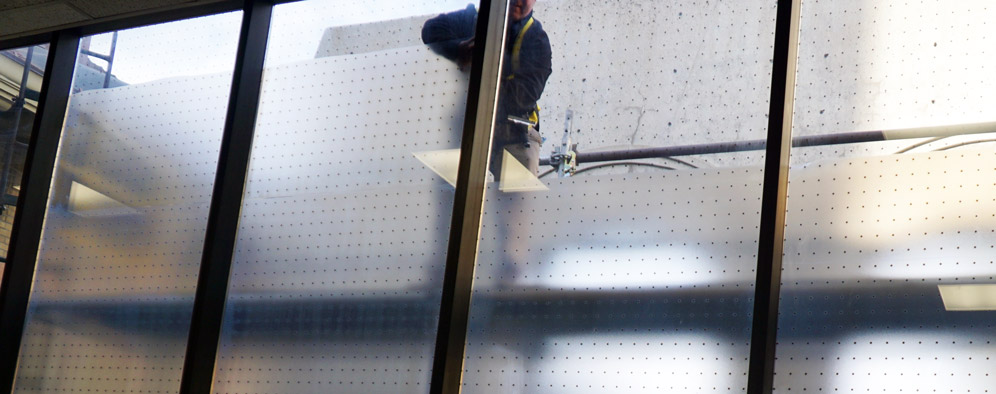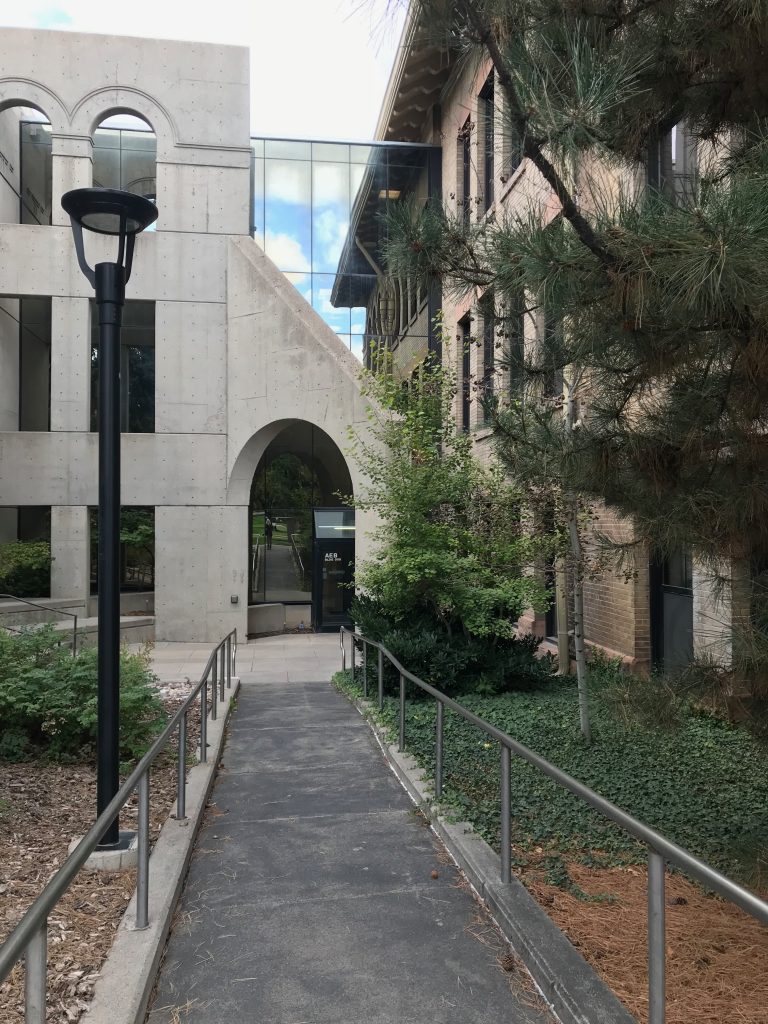
Funded by SCIF
The Sustainable Campus Initiative Fund, created through an ASUU initiative in 2008, collects about $180,000 yearly from a $2.50 per student fee. Since 2009, it has awarded more than $900,000 to projects aimed at enhancing sustainability on the U campus.
The fund receives about 30 to 45 proposals each year and approves grants for 20 to 25 requests, which typically range from $200 to $40,000, according to Emerson Andrews, SCIF coordinator.
Projects funded have included the edible campus gardens, a beekeeping initiative, installation of screech owl habitat boxes, Bike to the U Day, several solar energy initiatives, and the Wild & Scenic Film Festival. Learn more by clicking here.
Originally posted on @theU on November 19, 2018
By Brooke Adams, senior writer, University of Utah Communications
Last November Professor Barbara Brown and some colleagues were in the middle of interviewing a candidate for a position in the Department of Family & Consumer Studies when there was a smack on the window — a noise so loud and violent it startled and instantly silenced the candidate.
A bird in full flight had flown into the second-story window on the northeast side of the Alfred Emory Building.
Forty minutes later, interview over, Brown ventured outside and there on the ground was the still-stunned bird — a Cedar Waxwing.
Years earlier she had found a dead Bohemian Waxwing near the building, but thought it was an isolated incident. But now, as Brown surveyed the area, she found seven more carcasses under the mirrored glass entryway that perfectly reflects the sky and trees on Presidents Circle.
“It was discouraging to realize I may have been working here for years and not known I needed to take action to prevent these bird strikes,” said Brown, an environmental psychologist who studies links between physical environments and human behavior. She considers herself a “sort of birder” but Cedar Waxwings “have always been one of my favorite birds. They are the finest, cutest birds you’ve ever seen.”
Between November 2017 and March 2018, Brown counted a total of 20 dead birds near her building; most were Cedar Waxwings.
“The birds think they are flying right into an open area, smack the mirrored glass and die,” said Brown, who deduced that the birds are attracted to the fruiting crabapples on the lawn at Presidents Circle.
Brown enlisted three students to work on the project: Angelo Antonopoulos, a senior from Greece majoring in environmental and sustainability studies; Sarah Siddoway, a senior from Farmington majoring in biology; and Erika Kusakabe, a senior from West Jordan also majoring in environmental and sustainability studies.
The team also connected with Sarah Bush, an associate professor of biology who is collecting the bird carcasses to use in a parasite research project, and Lisa Thompson, exhibit developer and interpretive planner at the Natural History Museum of Utah (NHMU). Some birds, if in good structural condition, may also be prepared to use as museum specimens.
The team researched Cedar Waxwings; bird deaths; bird strikes and contributing building design factors; bird migration patterns; and mitigation measures.
They concluded that the 20 dead birds at AEB appeared significant. In comparison, the 2017 Salt Lake Avian Collision Survey of downtown Salt Lake City found only 44 dead birds in a 20-block area. In addition, the birds found downtown represented a variety of species.
They also determined that unique features of the northeast end of AEB — tunnel-like openings to multiple reflective windows that make it appear to be a passageway — were contributing to the problem.
The only way to deal with this “hotspot of death” was to mitigate the danger by somehow altering the windows, the team concluded.
The best solution was something called “Feather Friendly Bird Deterrent” — a film that is placed on windows and then removed, leaving behind little dots even spaced over the surface. Birds see the dots and recognize an obstacle, while people are still able to see through the window.
“The problem is that the site is three stories tall and to get to the upper windows you need a lift or scaffolding, which is expensive,” she said. The team learned the cost of doing all the north-end windows would be about $27,000.



